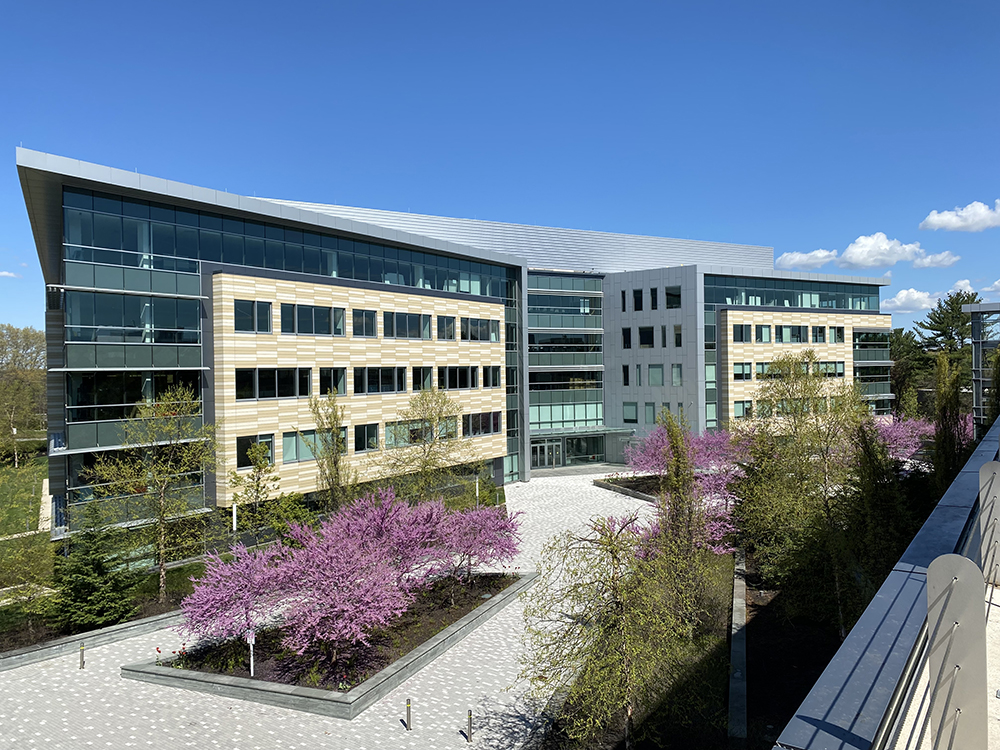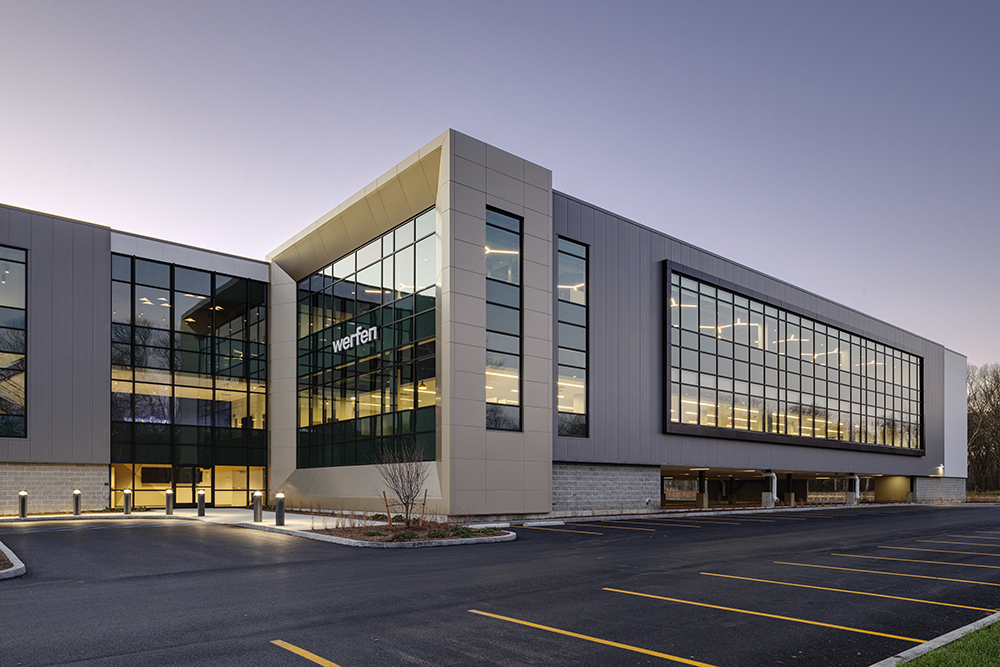Space visualization – more than just a leasing tool - by Peter Boritz

Building Engines
CRE has been haunted by claims that “the office is dead” since the onset of the COVID-19 crisis. Many tenants are grappling with how and when to reopen their offices while many building owners and operators are navigating the uncharted waters of how to best help tenants through this challenging time and maintain their own business continuity.
Space visualization technology plays an important role in this reoccupancy process. Once heavily used for the investment-sales cycle of commercial buildings, space visualization technologies are useful now as compliance tools for social distancing and other new guidelines due to COVID-19. The tools are also increasingly being used to help owners and operators maximize rentable square feet and revenue, in addition to being used to address the shifting tenant needs for space and to provide the best occupant experience possible.
Compliance to
New Guidelines
As office workers around the country return to their workplaces, owners and operators must keep a close eye on CDC guidelines to ensure that tenants are able to return safely. The CDC recommends that workstations are modified or rearranged to maintain social distancing of six feet between employees, with physical barriers in place to separate employees where six feet is not possible. Also, the use of signage and visual cues to show employees where to stand and move are important to keep the distance and reduce the risk of spreading COVID-19 as well.
With space visualization software, property managers can create new layouts and plan out physical distancing measures remotely, saving the valuable time and resources it would take to rearrange office spaces with the input of architects or third-party contractors.
Providing the Best
Occupant Experience
Many employers are also grappling with the management of their workforce – specifically in terms of whether they want a fully-remote workforce, a full in-person workforce or a hybrid of the two. The time away from office spaces has given tenants time to reevaluate how their spaces can be best used to support their goals.
Space visualization tools can help guide occupants through this reevaluation, as owners and operators work closely with their tenants to reimagine their spaces and form strategic solutions to benefit both parties. With space management software, internal teams are on call to run test fits once tenant needs are assessed, allowing the reconfigurations to take place within a couple of hours as opposed to a number of days, saving owners and operators thousands in costs when scaled to multiple buildings.
Maximizing RSF
While CDC guidelines and tenant needs are top of mind, space visualization and management tools still provide a comprehensive look at portfolios to ensure that owners and operators are getting the most out of their buildings. Without the newest building measurement standards, owners are potentially missing out on significant square feet that could be earning millions in additional leasing revenue. Space management software makes it second-nature to stay on top of any measurement changes, as the most recent BOMA standards are built in to ensure owners and operators are making the most of the space to maximize revenue and net operating income.
Space visualization allows managers and brokers to monitor all assets in a single screen portfolio dashboard that provides a performance view of a complete portfolio including vacancy, RSF, future growth and tracking revenue achievement. Overall, the technology is key to addressing and supporting tenant space needs while maintaining or even increasing revenues as property teams and tenants continue to navigate new challenges.
Peter Boritz, vice president and product owner at Building Engines, New York, NY.
Newmark negotiates sale of 10 Liberty Sq. and 12 Post Office Sq.


How COVID-19 has impacted office leasing - by Noble Allen and John Sokul

Four tips for a smooth 1031 Exchange - by Bill Lopriore

Five ways to ruin a Section 1031 Like-Kind Exchange - by Bill Lopriore








